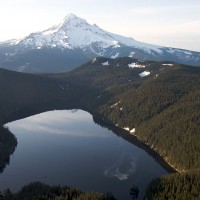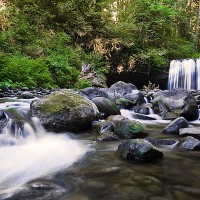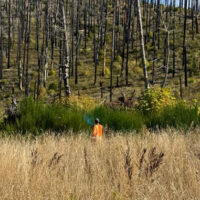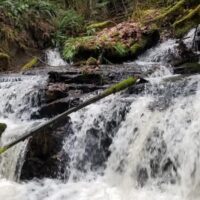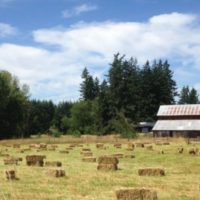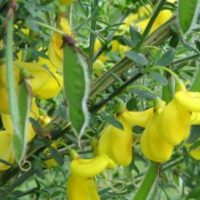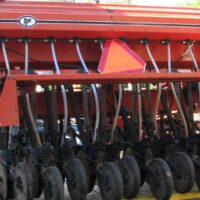Our rivers and streams provide drinking water and critical habitat for a variety of fish and wildlife species. Keeping water clean is not only important for the creatures that live in the water, but also for the people who drink it.
Where do our streams and rivers begin? A network of wetlands, seeps and trickles flow downhill, eventually coalescing to form discrete creeks. As other tributary creeks and streams join together, the mainstem of the waterbody becomes a river. Thus, the quality of water in a river depends on the quality of the many tributaries that flow into it. The way resources are used in and around these tributary streams can significantly affect the quality of water that flows downstream.
Pollution doesn’t disappear, it just goes somewhere else. A major goal of soil and water conservation districts is to help people use natural resources in ways that prevent pollution and improve habitat for native species.
Invasives and our Rivers and Streams
Rivers and Streams are an integral part of our landscape. They carry the water that we drink and moisture to grow our food. They also provide valuable habitat to our fish and wildlife, including economically important species like salmon. Rivers and streams also provide a valuable recreational outlet to swimmers, boaters, kayakers, and fisherman. So protecting the quality of our rivers and streams is important to ensure the livability of our community.
Invasive species threaten the health of our rivers and streams. Riparian invaders like Japanese knotweed (Fallopia japonica) crowd out native trees and shrubs that protect streambanks for erosion. As such species like Japanese knotweed result in bank instability, reduce water quality, reduce suitable spawning grounds for native fish, increase sedimentation, and increase the liklihood of off-channel flooding.
Many aquatic invasives diminish the usability of our streams and rivers. They clog boat props, tangle fishing gear, and clog pumps and pipes. As these plants die they can produce low oxygen levels in streams and rivers which can harm fish and wildlife. As such aquatic invasives can lead to greatly reduced water quality in our streams and rivers.
While invasives often are the cause of many water quality issues in rivers and streams, they can also be the symptom of other problems. Many aquatic plants like algae only become problems under conditions of high nutrient loads or inadequate flow.
Regardless whether invasives are the cause or the symptom of degraded rivers and streams, they are a clear indicator of reduced water quality. As such the Clackamas Soil and Water Conservation District is working to address these invasive species issues, and improve the health of our rivers and streams.
More information
More information is available on these pages:

